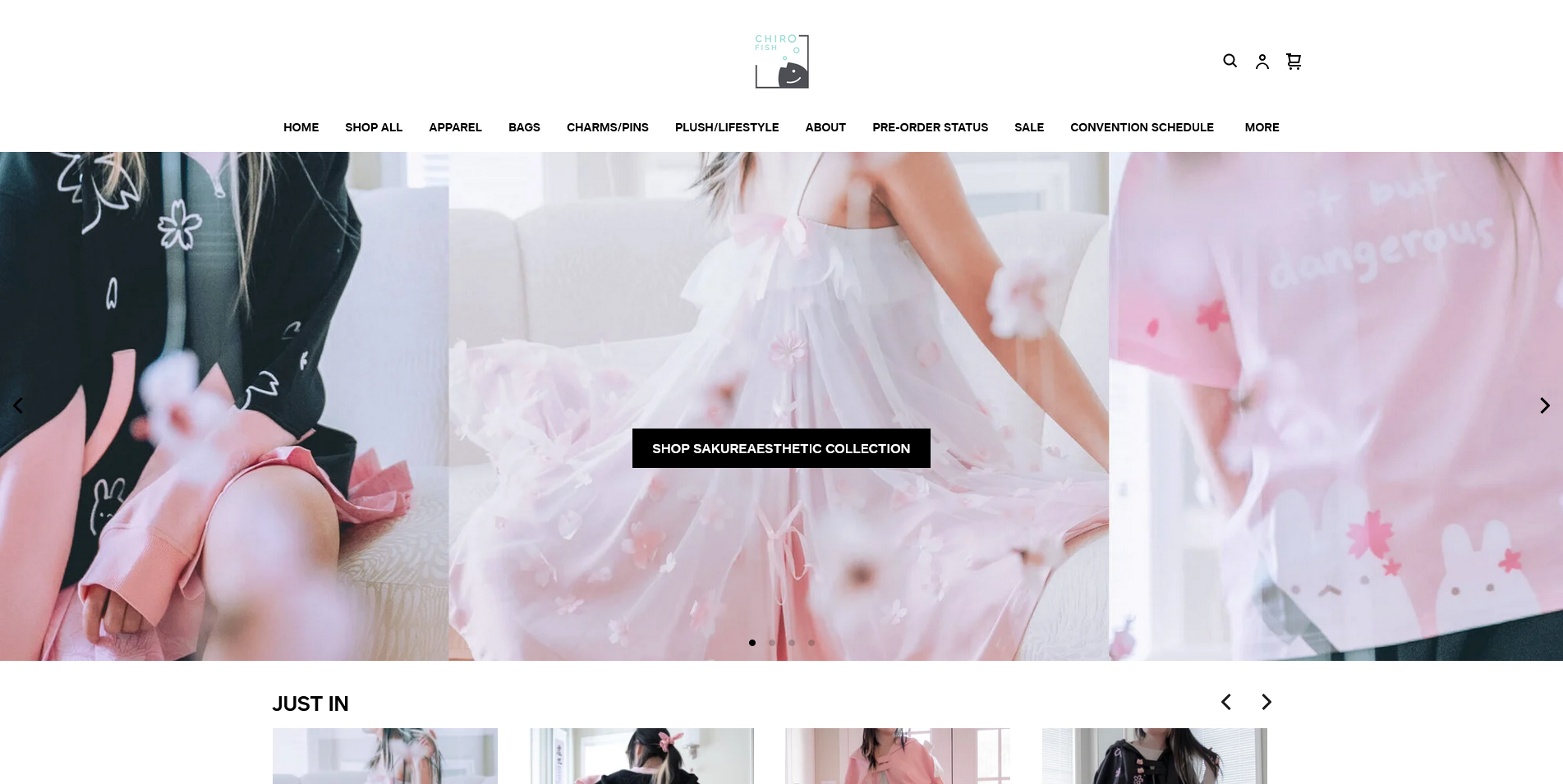Responsive Design made Simple!
19 Feb 2024UI Framework
A UI framework is a collection of pre-built components, libraries, and design elements. These pre-built components and libraries are reusable in creating user interfaces and offer ready-to-use elements, such as buttons, icons, menus, and much more. People don’t have to code every element of the application because of these frameworks. Although frameworks are very useful in speeding up efficiency, there are many different types out there. Some of the most popular ones are React, Sencha Ext JS, Vue.JS, Svelte, Semantic-UI, and Bootstrap.
Learning each framework is similar to learning a different programming language, as you would need to learn the different nuances of the same application. So the question is why use these UI frameworks instead of everybody just using the raw HTML and CSS? I would say that UI frameworks offer many reasons and benefits that outweigh raw HTML and CSS.
1) Faster Development Time: When using a UI framework, you get a wide variety of pre-built components. By utilizing these resources, you avoid building code from scratch which in the long run saves time and is more efficient.
2) Consistent Design and User Experience: Some people say user experience is the number one priority for every business. Using frameworks, helps users see familiar patterns, which makes it easier to work with the interfaces to have a smooth and consistent experience.
3) Responsive Designs: UI frameworks integrate responsive designs, which helps users create interfaces that automatically adjust and optimize their layout.
4) Cross-Platform Compatibility: Creating an application that works on multiple platforms saves a load of time as developers only need to code it once and it can be used across various platforms such as web browsers, mobile devices, and much more. This allows versatility as both developers and end-users can access the application on their preferred device. It is very important to make an application user-friendly.
Here is an example of a website using a UI framework:

Here is an example of a website that doesn’t use a UI framework:

Bootstrap 5
Bootstrap 5 is a UI framework that is dedicated to web development. Bootstrap is the most popular HTML, CSS, and Javascript framework for creating responsive websites. Bootstrap 5 is the latest version released as of 2024. It gives a number of pre-built components that optimize communication with users through navigation menus and page controls. The main structure consists of two basic directories, which are CSS and JS. CSS contains all the documents that are needed to style the page elements. While JS is the back end of the file that is responsible for the execution and requires interactive manipulation.
Here are some features that highlight Bootstrap 5:
1) Component Library: The pre-built components that offer a series of elements to improve communication with the user and optimize interaction. All form elements have a consistent look that is supported in all OS and browsers.
2) Navigation Bar: One of the most important components of Bootstrap 5, as it gives the possibility to build a more responsive navigation system. Enabling configuration of the menu in different ways, such as selecting between side or top positioning and defining the way users want.
3) Responsive Designs: Bootstrap is popular for its responsive websites! The framework works with the use of the class container, and the styling of the element div to guarantee the responsive design. It gives a default responsive font size, allowing to scale the text responsively in all viewports and devices. The responsive design allows developers to adjust the dimensions of a page according to the needs of the user and in general.
4) Carousel: Allows developers to display images in a responsive way. In other words, they can add different effects and transitions to move from one photo to another. By adding back and forward buttons, it makes the process much easier and more dynamic.
5) Alerts: Users can be alerted of something very specific by the developers that pop up on the website. For example, to pay attention to a new offer and a limited sale. Bootstrap allows developers to configure the alert however they want, such as changing the size and color to appeal to their users.
My Personal Experience with Bootstrap 5
As I don’t have much experience with designing websites using HTML and CSS. In the week that I started learning both basic HTML and CSS as well as Bootstrap 5, I found some benefits and difficulties. Starting with the difficulties, since I started learning UI designing with basic HTML and CSS, I became very comfortable with it. The transition over to Bootstrap 5 initially was a little difficult as I had to learn different components for the same application. However, I quickly learned how fast it was to build a website using Bootstrap. In Bootstrap, the first thing I learned was about the navigation bar, which at first I thought was more tedious since I felt like I had to write more code in the JS factor but I soon realized the benefit as the framework came with pre-built components. For example, the class container already contains padding and aligns my content. The biggest difference I noticed was that I didn’t have to use my CSS too often to control the parameters, as Bootstrap already comes with a component library with certain parameters I can implement. Overall, I think if I continued using Bootstrap, it would definitely be more time-efficient than just using basic HTML and CSS.